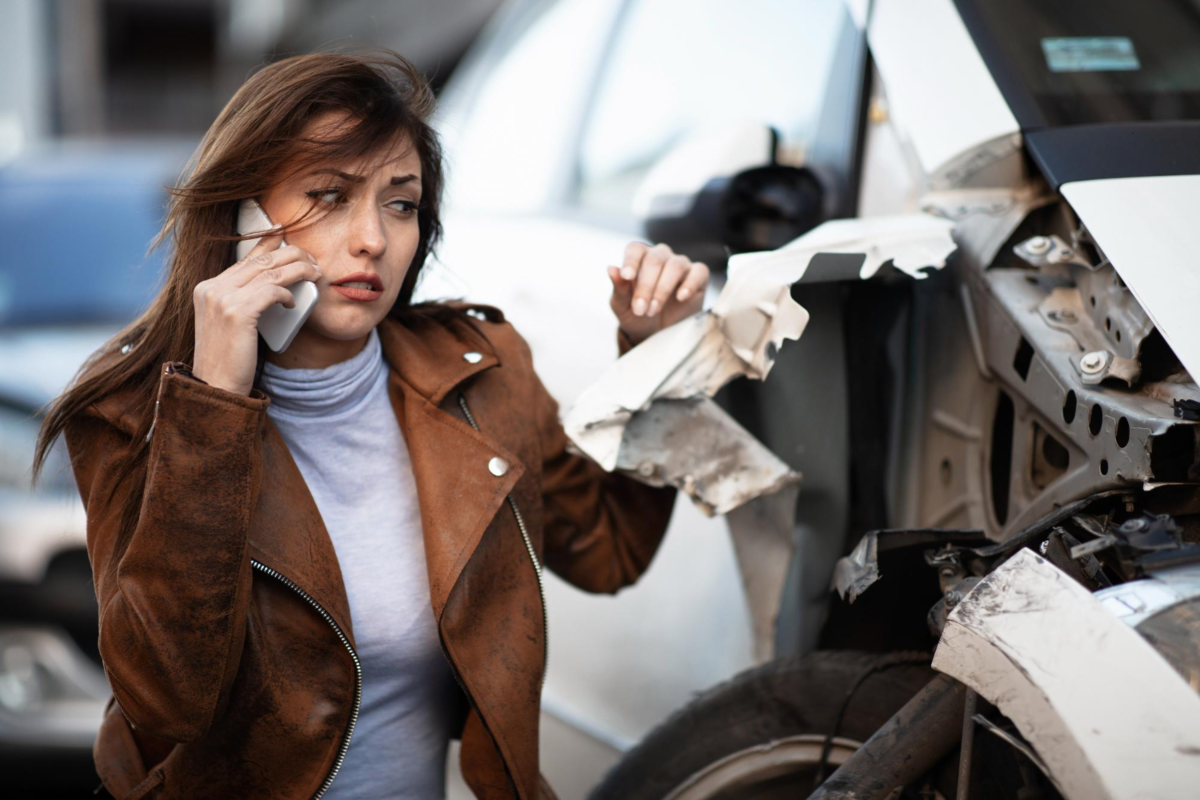In the moments after an accident, the last thing you’re worried about is trying to document everything and get information. That’s completely reasonable.
If you’re in an accident that can potentially lead to a personal injury claim, you’re probably in pain, extremely stressed by incoming financial struggles, and even traumatized.
However, while your health comes first and immediate medical concerns need to be addressed, there are some things you have to push through the stress and just do if you want to have the strongest personal injury case.
Your entire case might depend on it.
To help you stand a better chance in the courtroom and avoid serious mishaps costing you your compensation, here’s a quick guide on how to gather essential evidence after an accident.
Medical Needs Come First
We’ll be saying throughout this guide that these are things that need to be done immediately, but there’s one caveat. Use common sense in regard to your medical needs.
If you’ve suffered a serious injury, especially to the head or brain, getting into an ambulance for life-saving care takes priority over recording anything.
Even if the injury isn’t immediately life-threatening, you might need to do as many of the things on this list as possible while waiting for a medical transport, and you might not be able to do them as well due to injuries.
Do the best you can with the time you have, and know that your lawyer can get some of the evidence later on in many cases.
Also, as you’ll see later, getting medical help is one of the most important steps in this process, anyway. So, even if you have to stop any of the other steps, you’re still collecting key evidence for your case by simply getting checked out.
1. Document the Accident
Right after the accident, there are two things you need to do.
First, make sure everyone is okay. That includes the other party if it’s something like a car accident where both parties can be injured. Everyone walking away as safely as possible is the main goal.
However, the second thing you do is pull out your phone and start documenting the accident.
Using a car accident as an example, since it’s so common, here’s what you should do in the immediate aftermath: record your car from all angles, the other car, the surrounding area, and any injuries you have.
This is crucial, and it can help your case a lot. This is information that, once the scene is cleaned up, you really can’t get again. Even though it’s possible to look at the damage to vehicles later on, it’s very difficult to accurately replicate the exact scene in a way nobody can argue with.
2. Get Witness Statements and Contact Information
Witnesses play an important role in strengthening your personal injury case. If applicable, make sure you speak with any potential witnesses and get them to make a statement you can record, or make sure they speak to the police so their point of view is included in the police report.
Those witnesses can completely turn the tables in the courtroom if their point of view strengthens your argument and enhances your credibility in comparison to the other party.
This might not be applicable depending on the type of accident and where it happened. For instance, if you were in a truck accident or a motorcycle accident on the highway and traffic just kept moving, you might not have any witnesses nearby. But if you do have the opportunity to add witnesses to your case, don’t pass it up.
3. Seek Medical Attention and Maintain All Treatments
Like we said earlier, seeking medical attention is a form of evidence collection. This will not only show the extent of your injuries and help put a dollar value on your case, but it will also prove that your injuries came from the accident.
One of the biggest mistakes people frequently make is not getting checked up, waiting months, and then going to the doctor when pain is noticeable. By that point, it could already be too late to go to the doctor.
You have to look at this from the court’s perspective.
Anything could have happened between the accident and when you finally got treatment to find out something was wrong. How can the court determine that you sustained the injury in the accident if you didn’t immediately go to the doctor and have them confirm you were injured?
Also, while not something you do right after the accident, you should also make sure that you follow all medical treatment recommendations to the T.
If you don’t do something, such as skipping recommended physical therapy or opting out of a treatment, the opposing team can say you made your injury worse by not following a doctor’s guidelines.
4. Get the Other Party’s Information
You need the other party’s contact information and insurance information. You’re both required to exchange that information, too.
However, you do need to be proactive about it. It’s easy to forget this step. Especially if both parties are fairly relaxed with each other instead of filled with angry emotions.
Unfortunately, while you might think you can handle all this later, the other party might not be as forthcoming with information when they know money is on the line.
5. Get the Police Report
This isn’t done on the scene, but very shortly after the accident, when you’re medically checked and you’re okay to start focusing on building a case, you need to get the police reports.
That’s going to be one of the main pieces of evidence outside of footage and photos of the scene, and the responding officer’s perspective on what happened carries a lot of weight in the courtroom.
6. Keep Your Bills
Any medical bill or repair bill you get while handling the post-accident process, and anything related to the accident moving forward, needs to be saved.
Those receipts are going to make up the bulk of the dollar amount you can claim. While lost wages, distress, and other less tangible details can add value, most of the value will come from the bills you incur.
Call DeSalvo Law for Help Collecting Evidence After an Accident
Gathering essential evidence after an accident can make all the difference when it comes to protecting your rights and building a strong personal injury claim.
From documenting the scene and collecting witness details to seeking medical care and saving receipts, every step you take helps create a clearer picture of what happened.
At The Law Office of Scott D. DeSalvo, LLC, we’re here to guide you through it all, whether you’re dealing with a work injury, slip and fall mishap, construction site accident, dog bite, or medical malpractice case.
Contact us today for compassionate, experienced help that puts your recovery first!




